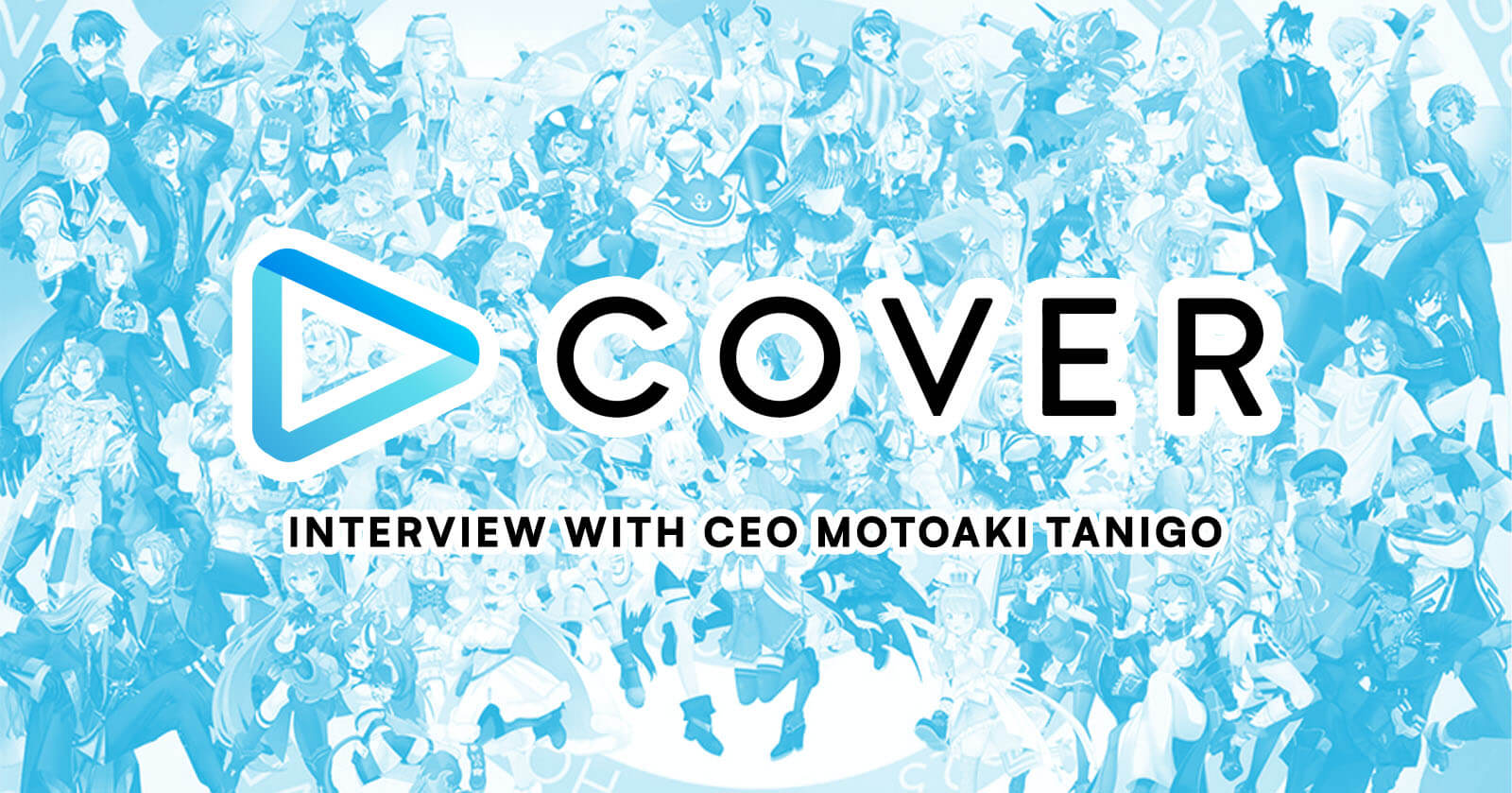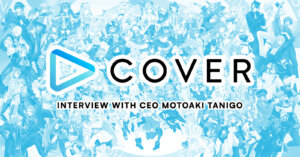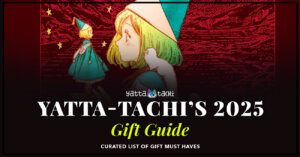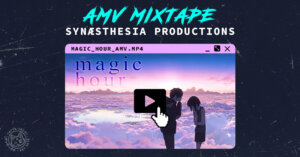In 2025, it’s impossible to be an active participant in the broader anime community without coming across VTubers. Now roughly a decade old, the practice of streaming while roleplaying as, or expressing oneself through, a virtual avatar is widely recognized across digital culture; it even has a few notable mainstream breakouts. During a July 2024 baseball game between the Milwaukee Brewers and Los Angeles Dodgers, unsuspecting fans watched the game along with the VTubers Hoshimachi Suisei, Usada Pekora, and Gawr Gura. While many in the sports world reacted to this surprise collaboration between the Dodgers and Japanese entertainment company Cover with either amusement or confusion, a few miles away at the Los Angeles Convention center, Anime Expo attendees celebrated the unexpected partnership.
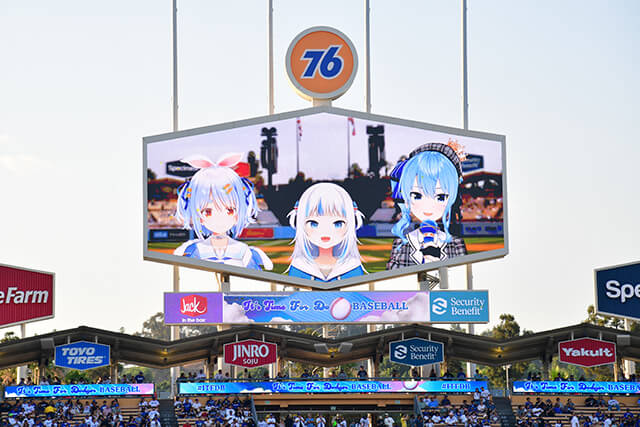
Yatta-Tachi was able to submit questions to Cover CEO Motoaki Tanigo via email. His answers reveal his aspirations for the future of the Vtuber industry, the benefits of being a creator at hololive, and the issues Cover faces in making VTubing a more global phenomenon that’s casually integrated into everyday life.
Question: What’s a VTuber? As they’re still a relatively new sub-culture within the broader anime fan community, I’d love to know how you explain the concept to people.
Tanigo: A VTuber is a creator who uses a character avatar to engage in activities such as live streaming. These avatars often utilize real-time motion capture and AI-driven facial tracking, enabling dynamic interactions with audiences. The global VTuber market grew to $10 billion in 2023, with us pioneering with 3D concerts like hololive SUPER EXPO 2024 , cross-platform collaborations like hololive x Pokémon or with brands like [the] Dodgers in 2024.

Question: Can you explain the structure of Cover Corp., hololive, and the VTubers under your banner? To me, this seems like an interesting hierarchy where the individuals technically at the bottom of this structure are the most well known.
Tanigo: Cover Corp. operates the VTuber agency “hololive Production” and the metaverse project “HoloEarth.” Under “hololive Production,” there are two main groups: the female group “hololive” and the male group “HOLOSTARS.” Within “hololive,” there are sub-groups based on language, such as “hololive English” and “hololive Indonesia,” each of which is home to individual talents. Cover also invests in proprietary tech like hololive Meet (virtual fan meetups) and HoloEarth, a metaverse platform with 100,000+ beta testers.
Question: What are the benefits to being a VTuber with hololive? Why would a VTuber want to be under your banner instead of another company’s or independent?
Tanigo: Hololive boasts the largest VTuber fan community in the world, providing its talents with unparalleled exposure to a vast audience. Additionally, our talents can collaborate with other members and participate in events like musical concerts organized by hololive Production.
Question: What does the process of joining hololive as a VTuber look like?
Tanigo: We hold auditions online. Applicants who pass the audition will then officially join our agency. Auditions like hololive Indonesia’s 5th Gen saw 3,000+ applicants for 3 slots. The talents also collaborate with illustrators to refine their avatar’s lore.
Question: Can you speak to the challenges of operating a global organization where digital content creators are the face of the company?
Tanigo: Business practices for content creators vary by country, and addressing the diverse needs of creators from different regions can be challenging. Language barriers also pose difficulties in communication. For instance, Hololive’s 24/7 moderation team handles real-time chat translation during global streams, and regional branches adapt content. Managing time zones for collabs like hololive English x hololive Japan remains a logistical hurdle.
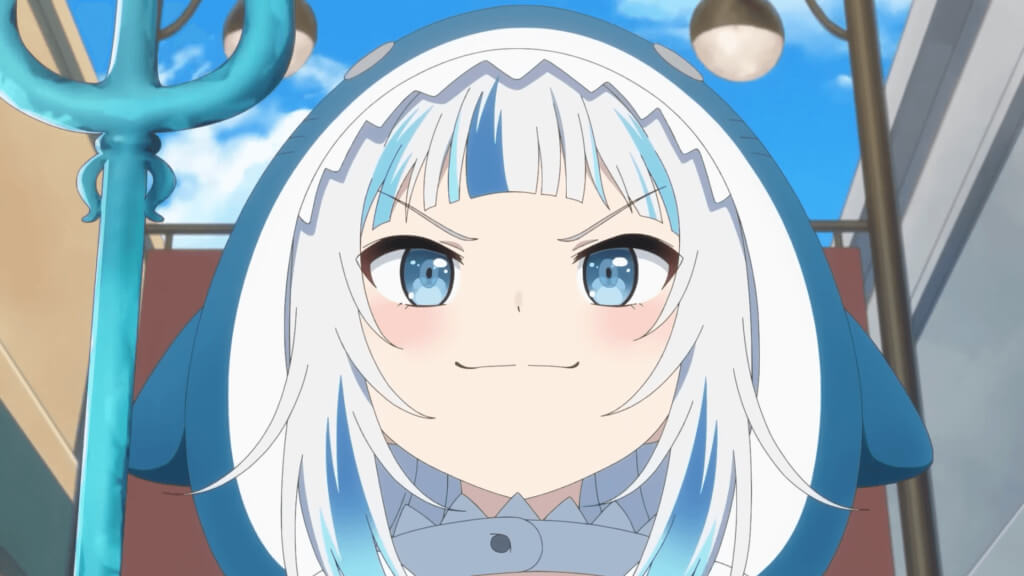
Question: Increasingly, it feels like there is an expectation of people with public profiles on the internet to have an opinion on topical issues. However, many of these issues have a social or political dimension that make addressing them less than “brand safe.” Does hololive/Cover have any guidelines for what your talent is allowed to talk about publicly?
Tanigo: We ask our talents to refrain from making statements that violate public decency or social norms, among other guidelines.
Question: While VTubing does come with more anonymity than more traditional streaming or “flesh tubing,” VTubers are still public figures performing activities that can create parasocial relationships. What protections and resources do you offer your talent in the face of bad actors?
Tanigo: We work with various platforms to implement measures against doxxing and, where possible, take legal action when necessary. We take this matter very seriously and we have implemented measures to combat defamation/slander and other infringements of rights towards the company and our talents through the relevant teams internally and lawyers. That includes actions against the impersonation of talents, infringements of rights on social media posts and online forums, infringements of rights towards talents outside of Japan, regarding criminal matters and taking legal actions against websites that infringe upon talents’ privacy and other rights. These measures have been running during the whole of 2024, and we intend to keep following them.
Question: To the best of my knowledge, hololive’s VTubers are fairly homogeneous in terms of skin color, body shape, and gender expression. Is there any effort internally at Cover/hololive to feature new talent that’s more diverse along these lines?
Tanigo: We design character avatars to suit the unique needs of each talent. Our talents come from various countries, reflecting our goal of reaching a global audience.
Question: How do you see Cover/hololive growing in the next few years?
Tanigo: With the increasing influence of our talents as influencers and their growing recognition as both individuals and characters, we believe we’ll be able to expand into diverse business ventures, such as corporate PR, artist activities, and character merchandising. In 2025 fans can expect many new things that will surprise them, like 2024 surprised the whole world with the collaboration with [the] Dodgers.
Question: Is there anything you’d like to share with Yatta-Tachi’s readership?
Tanigo: We aim to develop VTubing, a culture born in Japan, into something as globally recognized as anime or manga. If you haven’t experienced VTubers yet, we encourage you to check out the videos and live streams of Cover’s talents. Even more, just look for the songs of our talents on Spotify and other music streaming platforms and you will be able to listen to their incredible voices not only in Japanese but in English. Cover’s talents cover many musical genres like rap with Mori Calliope, pop with covers of the Beatles’ song “Blackbird” by Elizabeth Rose Bloodfame, Sabrina Carpenter’s “Espresso” and Chappell Roan’s “Good Luck, Babe!” by Nerissa Ravencroft or even some more metal focused music with Banzoin Hakka. There’s something for everyone!

Considering VTubing’s meteoric rise over the last decade and change, it’s clear that there’s a lot of potential for the subculture within digital and hobbyist spaces. Tanigo and Cover have already found a good amount of success in bringing VTubing to more mainstream audiences, but it’s important to remember that most folks in niche media spaces are chasing this same goal and through similar means.
More traditionals streamers, executives at anime and manga companies, webcomic platform leads, and now leaders in the VTubing space all want the same thing; to break out of being a niche market and become more profitable via a mainstream audience. All of these companies are largely doing this in the same way, by expanding to new regions of the world and by forming relatively affordable promotional partnerships with already mainstream brands. (I’m not implying that a promotion with the LA Dodgers is by any means cheap, but they play 81 home games a year and need to find some kind of theme to keep attendees engaged for most of those.)
Characteristics unique to corporate VTubing, like characters that are required to be hyper-marketable and their fictional nature giving them distance from potentially controversial personal or social baggage, gives Vtubing a solid chance of finding some kind of footing among mainstream audiences. In fact, based on the success of last year’s partnership with the Los Angeles Dodgers, we’re almost certain to see VTubers make more big appearances in the year ahead. However, not everyone can thrive in the mainstream attention economy and there are countless examples of companies spiteing their existing audience or wrecking a functional business model in the pursuit of unsustainable growth.
Cover might find mainstream success with their hololive Vtubers in the coming years, but it’s clear that Vtubing will thrive as a subculture within the eclectic anime fandom for as long as that community exists, and that’s plenty impressive already.
Special thanks to Motaki Tanigo for answering our questions and for RLM PR for organizing this interview.
Article editor: Kelly Stewart

Featured Sponsor - JAST
The sweetest romance and the darkest corruption, the biggest titles and the indie darlings; for visual novels and eroge, there's nowhere better.
Big thank you to our supporters
From their continous support, we are able to pay our team for their time and hard work on the site.
We have a Thank-You page dedicated to those who help us continue the work that we’ve been doing.
See our thank you page